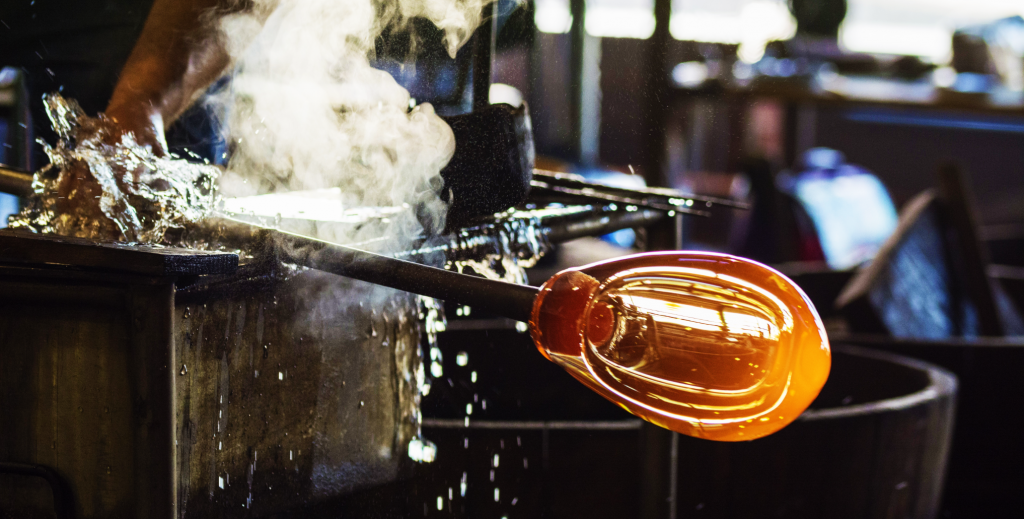Like many countries globally, at the height of the COVID-19 outbreak in Egypt, some factories closed for weeks after employees tested positive for the virus. The list included local and multinational companies working in food and beverage, electronics, and auto assembly
While all have reopened, their experience indicates the need to increase operational resiliency even though the worst of the outbreak in Egypt may be over. “Emerging trends to look for in a post-COVID world include more reliable and resilient [operations], not just more cost-effective ones,” said Romil Bahl, president and CEO of KORE Wireless, an automation firm, to IIoT World, a publication covering the Industrial Internet of Things, in May.
Factories could automate operations to the point where they turn off lights on the factory floor since machines can do their jobs in the dark. Experts refer to that level of automation as “lights-out manufacturing.”
That final stage of automation could bring unprecedented economic gains, along with plenty of challenges. In April, Chicago Tribune Editor-in-Chief Colin McMahon wrote for What They Think, a blog platform in April, wrote many factory owners can’t or won’t commit to lights-out manufacturing.

Rise of automation
According to a report by ERP News, a specialized portal, automation started with Industry 2.0 and the appearance of production lines. Industry 3.0 introduced computers and the idea that machines could perform part of the manufacturing process. That opened the door for mass production. According to McMahon, that revolution opened the door for humans to work alongside machines. Many Egyptian factories are somewhere between Industry 2.0 and 3.0, given that the vast majority of manufacturers are SMEs.
The principles and characteristics of Industry 4.0 came to light in 2013 at the Hannover Fair in Germany. The crux of this revolution is switching factories from mass production to “intelligent production.” That means companies could continually adapt to changing market forces to ensure they produce the right products at the right time in the correct quantities.
Its main tools are artificial intelligence (AI) systems, data-gathering sensors, and networks to efficiently and cost-effectively connect all parts of a factory. The pinnacle of Industry 4.0 is lights-out manufacturing, where robots and AI execute operations with remote human supervision.
According to McMahon, lights-out manufacturing requires a massive increase in the collected data and advanced software to interpret it. “In principle, I don’t think dark factories are a drastic change. Factories have been getting more automated for many years,” Yan Vermeulen, a Partner at Odgers Berndtson Singapore and the head of the Southeast Asia Industrial Practice, told Ideals News in 2019.

Pandemic effect
To reopen, many factories need to adopt precautionary measures against COVID-19 imposed by their respective governments. Bahl and McMahon cited social distancing and the precautionary self-quarantining of key personnel as significant issues making a case for more automation. Social distancing could mean companies might have to reduce the workforce. Meanwhile, self-quarantined key personnel must continue monitoring operations.
That could impact everything from large multinationals to small machine shops, wrote Curt Doherty, CEO of CNC Machines, in a blog posted on Production Machining in January.
Meanwhile, macroeconomic deterioration caused by COVID-19 will force businesses to prioritize cost-cutting and operational continuity as they face the worst global economic recession in 80 years, according to the World Bank’s June Outlook. Doherty noted lights-out manufacturing as a viable solution for both issues.
The main benefit of relying on robots is “labor expenses are the principal contributor to variation in costs and trained personnel are difficult to find,” said Doherty. Additionally, the fewer tasks workers do in the factory, the more likely the factory could continue to operate if there is a positive test for COVID-19.
“Organizations least impacted by the COVID-19 pandemic were the ones with the best automation practices and digital workflow empowerment already in place,” according to an April report by Keypoint Intelligence.
Barriers persist
According to Natan Linder, co-founder and CEO of automation software company Tulip and chairman of Formlabs, a seller of 3D printers, lights-out manufacturing is not for everyone. “Most lights-out factories have failed,” he wrote in a Forbes blog in June.
He explained that while there are many reasons for those failures, almost all fall under two categories. The first is intricate work. “There’s a misperception that manufacturing work is dull and repetitive,” wrote Linder. “In reality, manual assembly requires an enormous amount of individual skill. Modern manufacturing lines can require decision making and sensitivity that’s hard to replicate with algorithms and robots.” He cited Apple’s inability to reduce its workforce, noting “it’s hard to match human flexibility and precision.”
Also, automation is not flexible. Doherty said this single-track nature limits options, especially in companies meeting seasonal demand. Lights-out manufacturing is ideal for “repetitive, simple work,” he noted in his Production Machining blog. The lack of flexibility also means a factory must have sufficient economies of scale and stable output for lights out manufacturing to make sense, Doherty said.
Another significant barrier is factories must revise operation processes and procedures to eliminate humans. Linder stressed that companies should reassess all manufacturing processes to make sure they have no flaws. “There are such things as bad tasks,” he wrote in his Forbes blog. “Most human error isn’t attributable to mistakes, it’s a product of bad system design.” According to the “Human Performance Improvement Handbook” published by the U.S. Department of Energy, about 70 percent of human errors are down to poorly designed workflows.

Doherty also emphasized that regular preventive maintenance is essential. Companies also should adjust their hierarchy to accommodate a “single person approach, where one operator monitors all processes from a remote location and can take effective remedial action in case of emergency mishaps,” he wrote.
After the crisis
Robert Bowman, the managing editor of Supply Chain Brain, a think tank, wrote in June that he expects to see a lot more automation in the short run.
Driving that acceleration is a combination of government regulations to curb the spread of COVID-19 and history of booming demand after economic crises. “As the pandemic subsides, consumer demand is likely to surge,” wrote Bowman. “That’s already happening in critical areas like food and beverage. Essentially, manufacturers in certain sectors are being asked to triple or quadruple output with half the staff.”
Factories will be “stretched to the limit,” Saar Yoskovitz, CEO of Augury, a producer of hardware and AI software, told Supply Chain Brain in June.
Therefore, factories may find they have no option other than using more automation to increase production with limited staff. Yoskovitz noted that while many production lines are heavily automated, people still need to perform maintenance and tasks such as loading raw materials into the machines. “Find a robot that does that,” Yoskovitz said, “and you’re basically lights-out.”







